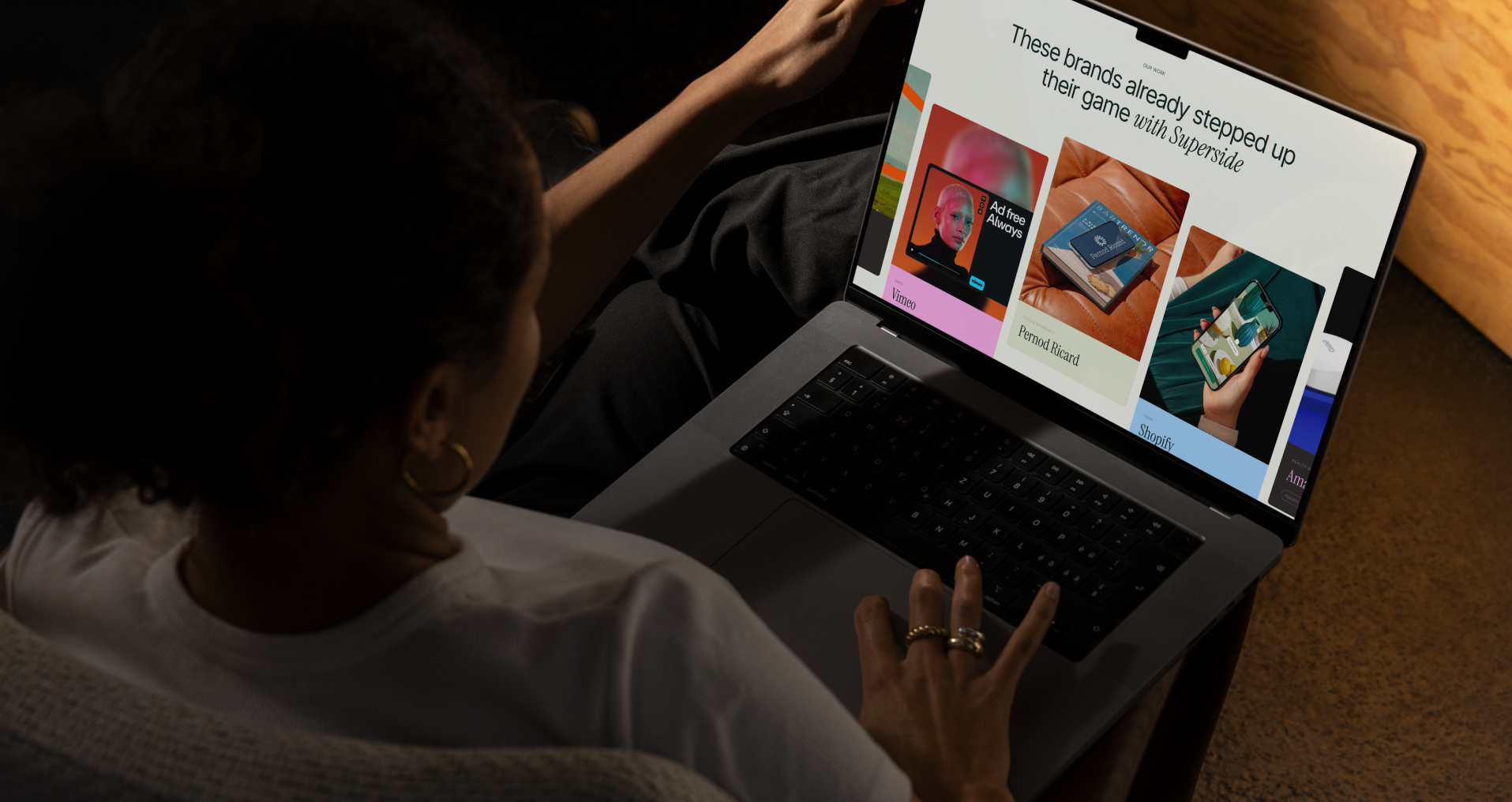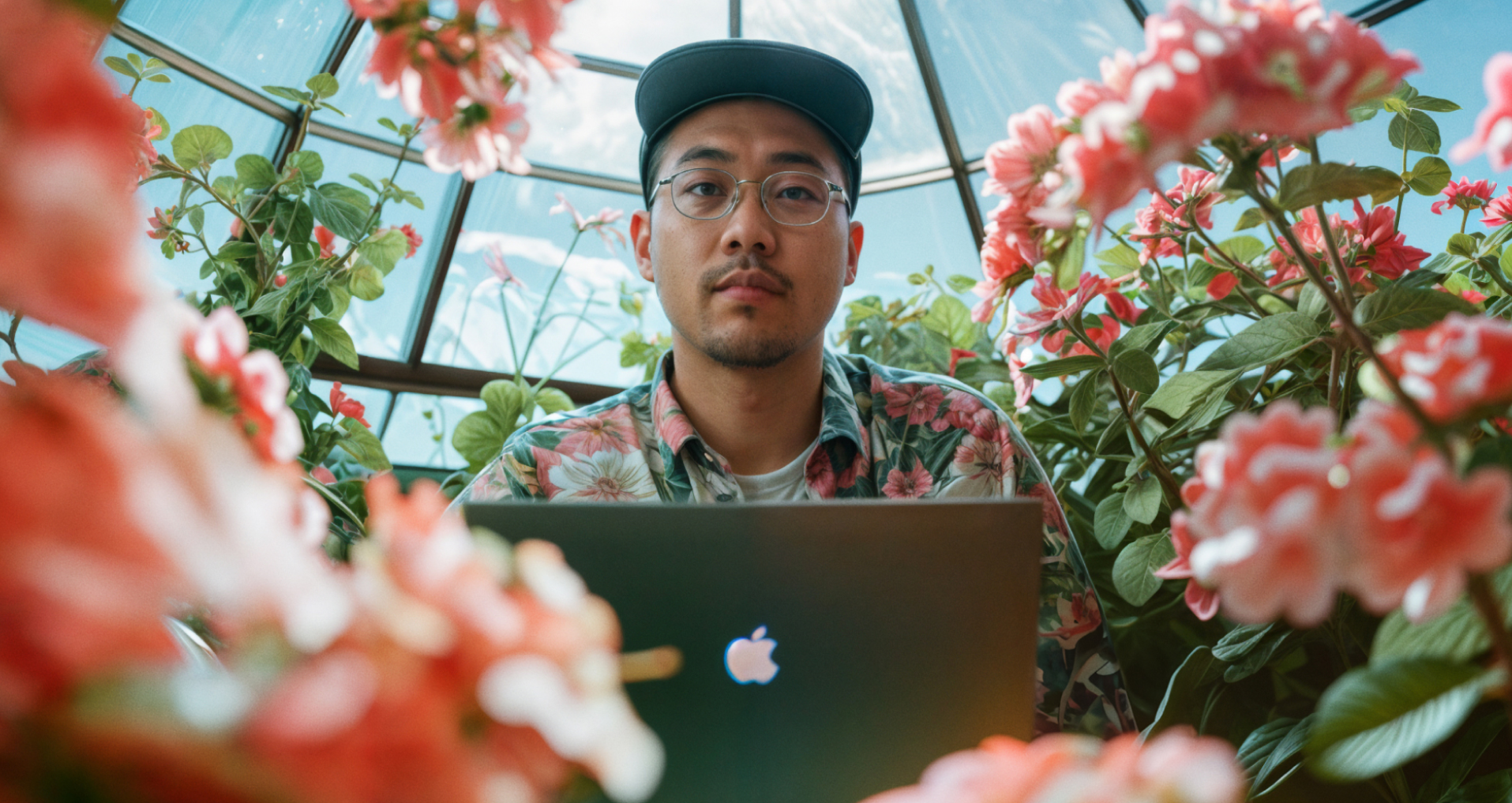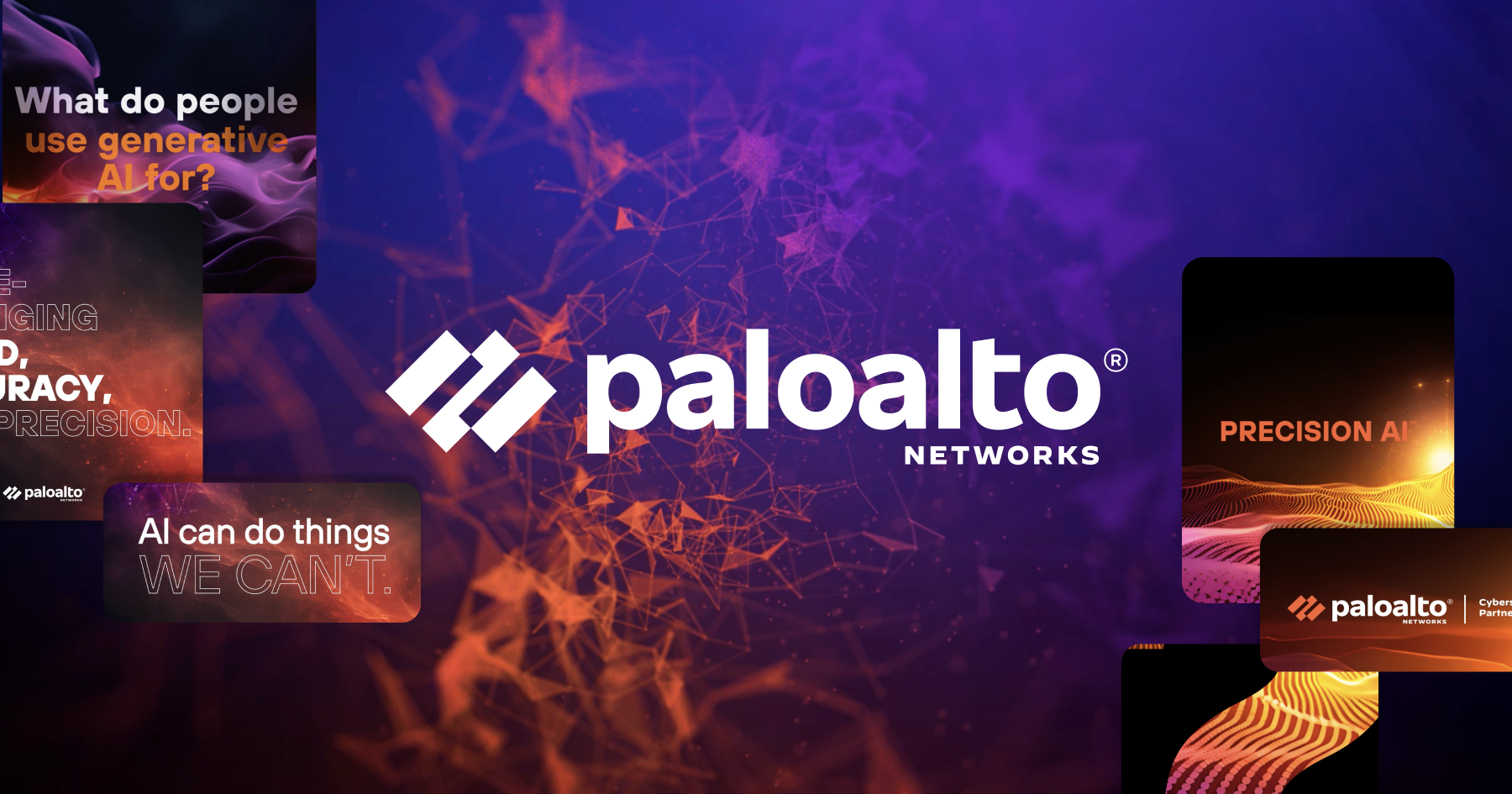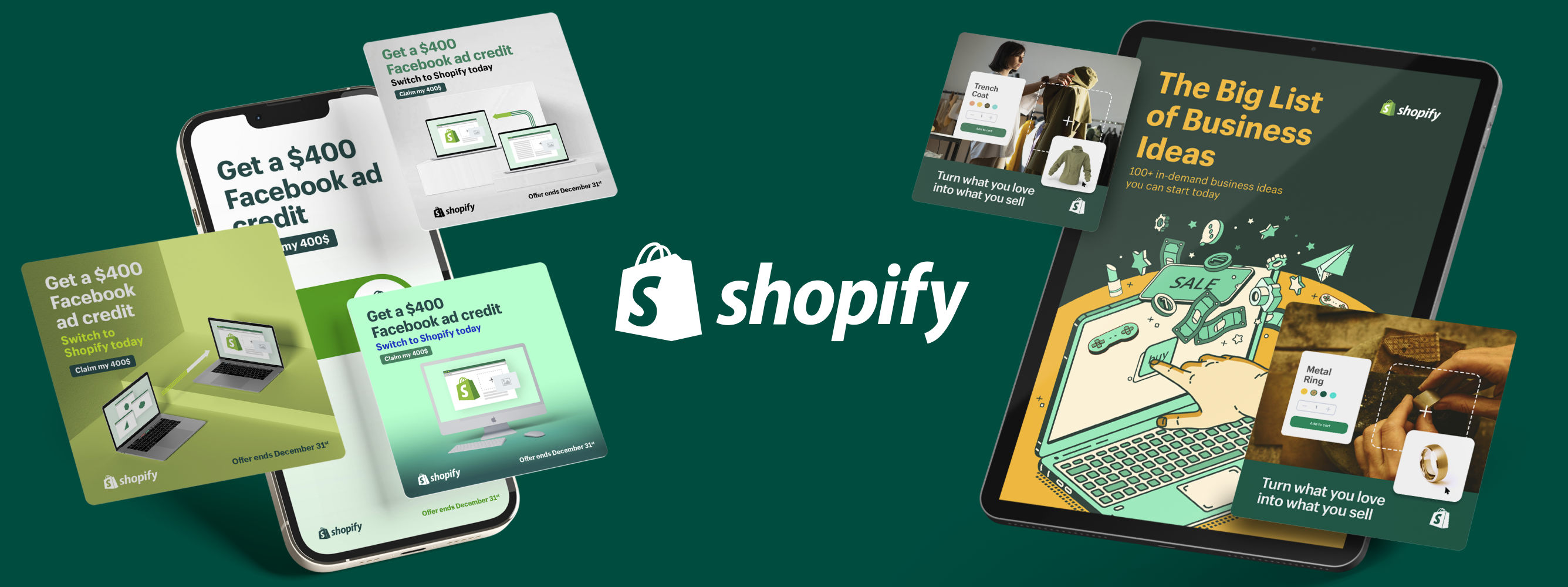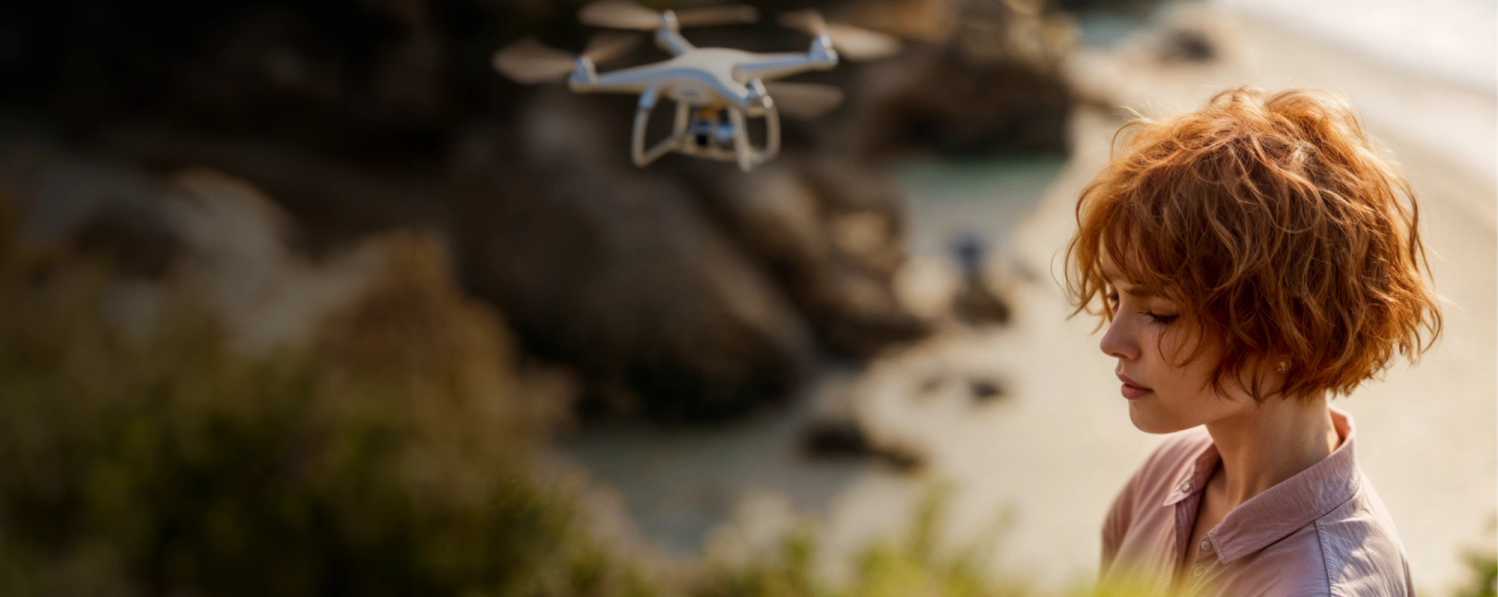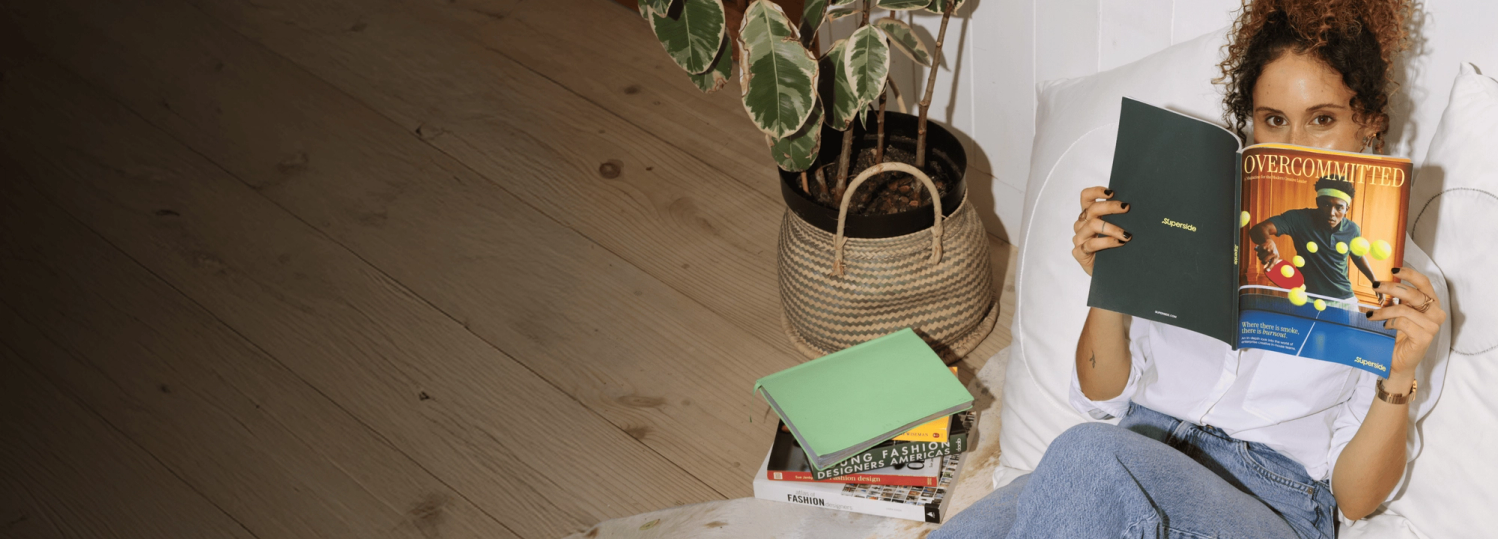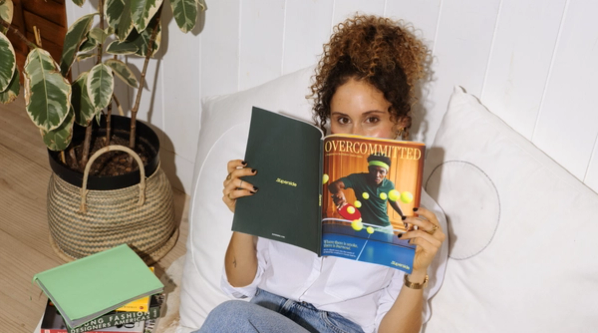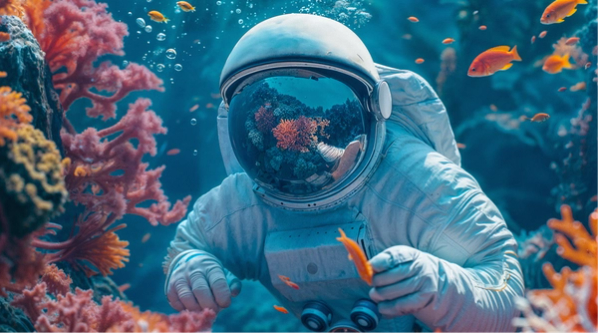How Superside’s CMO is redefining creative leadership in the age of AI
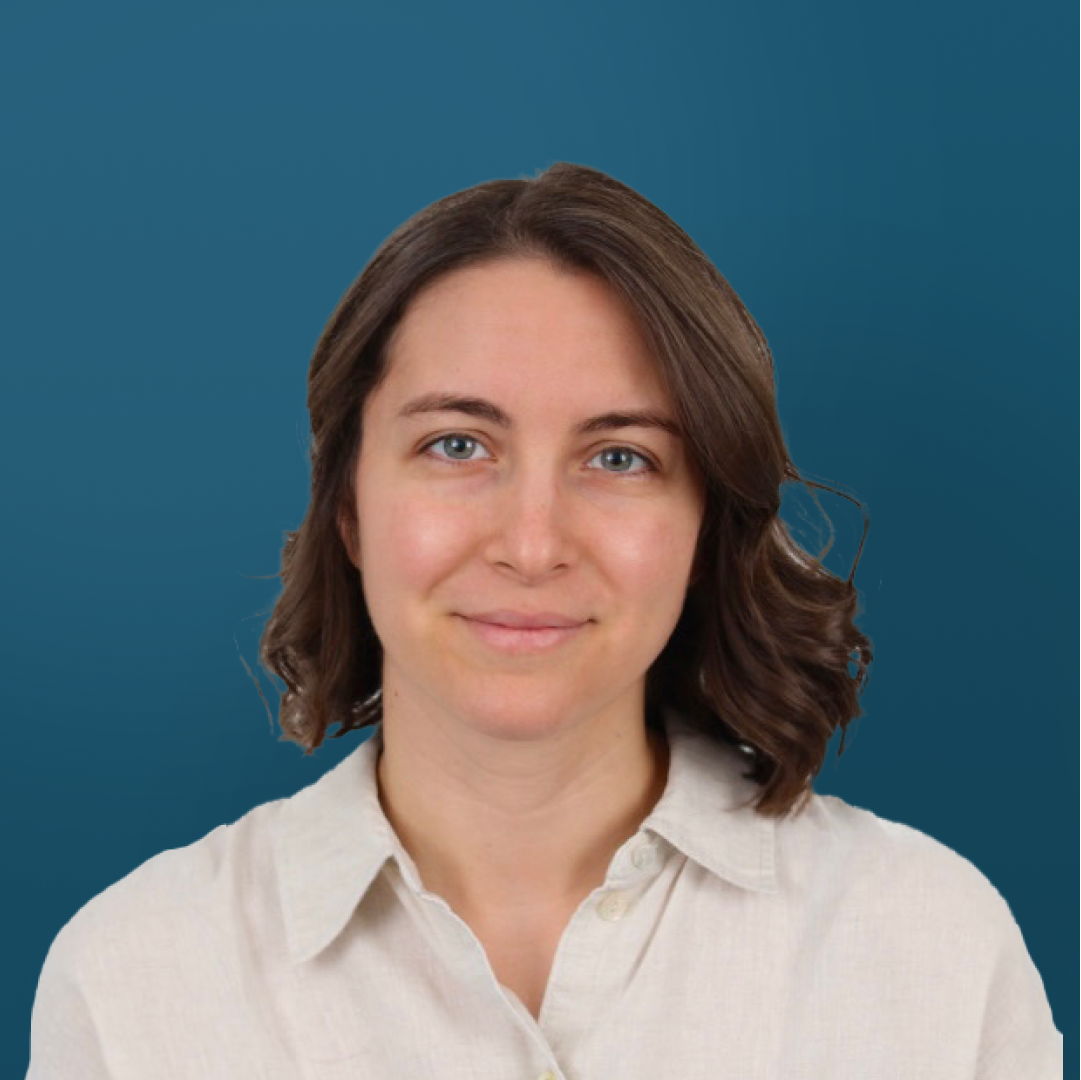
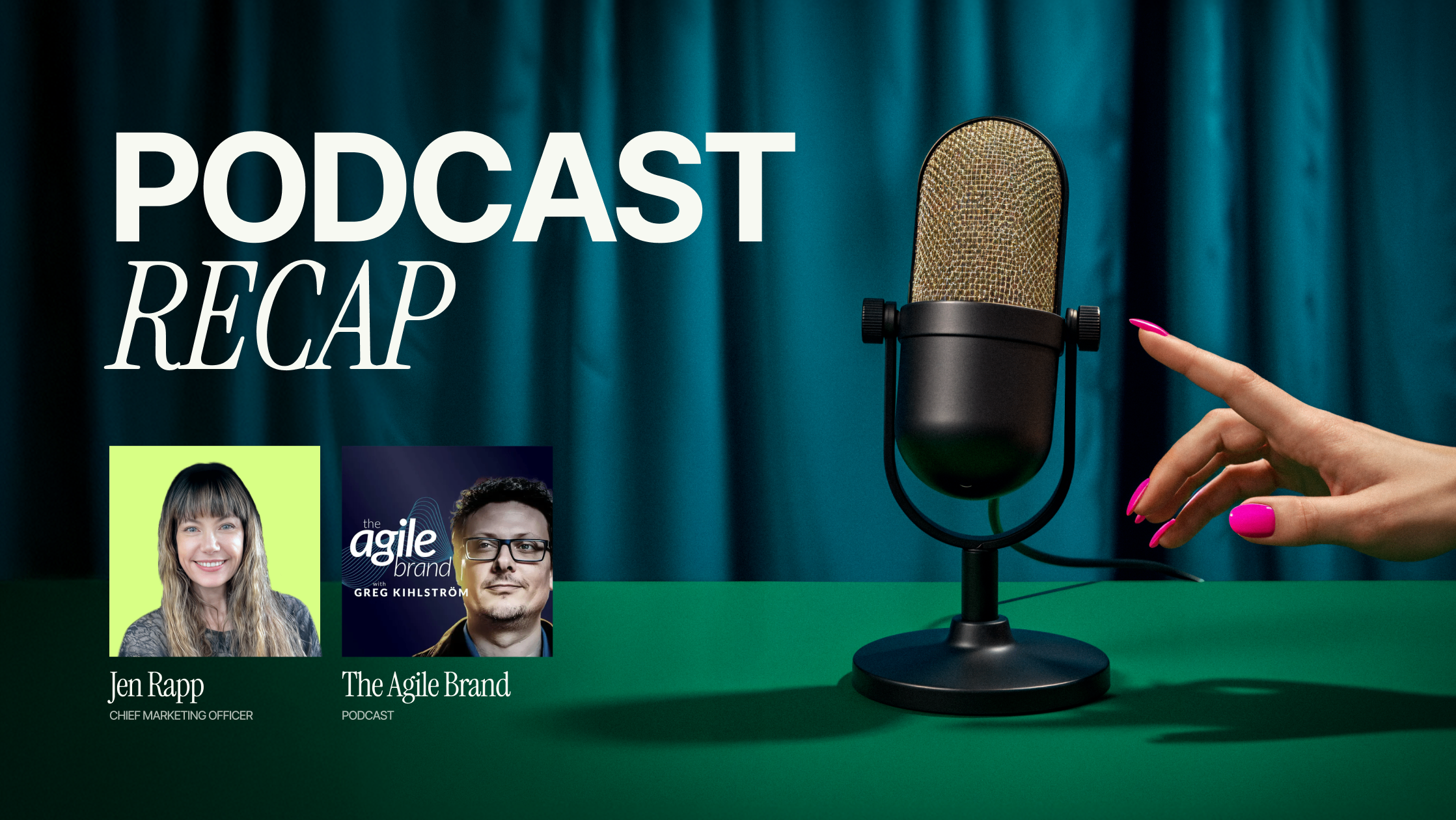
What if your creative team was your biggest growth engine? Superside’s CMO, Jennifer Rapp, reveals how AI and bold storytelling are reshaping modern marketing.
“Creative is the new targeting.” This mic-drop moment from Jennifer Rapp, Chief Marketing Officer at Superside, perfectly sums up the spirit of her conversation with Greg Kihlström on The Agile Brand Podcast. As brands continue to ride the AI wave, Rapp is steering Superside—and the broader marketing world—toward a creative-first future. Here are the biggest takeaways from the episode, no fluff, no filler.
From rock climbing to leading creative at scale
Rapp’s story is anything but typical. She went from copywriting for a rock climbing brand in college to spending a decade at Patagonia, learning the ropes of brand storytelling long before “purpose-driven” marketing was table stakes.
I learned so much about storytelling and brand building… how to take stories that maybe the public isn’t necessarily ready for.
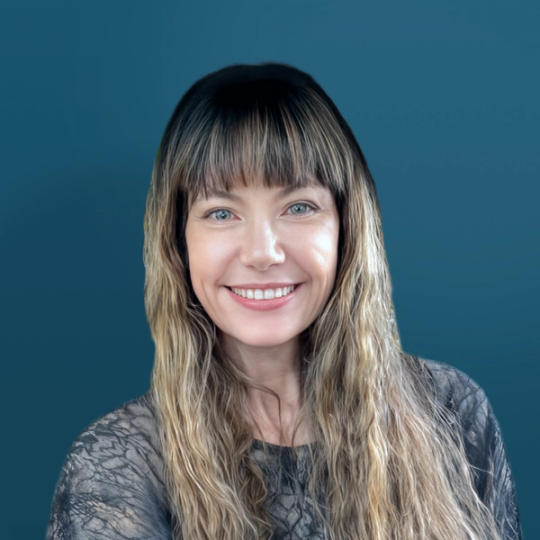
Her journey took her through the fast lanes of tech at DoorDash and Klaviyo, all the way to leading Superside’s rebrand—an AI-powered creative force built to support bandwidth-stretched internal teams. Rapp’s secret to staying agile? It’s not a productivity hack—it’s personal.
I’m a mom of five. I have four dogs. I have a horse… the way I stay agile in my career is by getting outside and taking care of myself.

AI is not the enemy—it’s the opportunity
Superside has made a bold bet: go all in on AI. But we didn’t just adopt it—we trained all 500 of their global creatives on it.
Superside’s recent rebrand isn’t just a visual refresh—it’s a declaration of a full-throttle commitment to AI. As Rapp put it, we reached a turning point.
We decided to uplevel and train all of our 500 creatives globally on AI… it was a moment of the company’s history where it was like, alright, we can either get on board or potentially be left behind.

The rebrand puts AI front and center, not only in Superside’s services but in our positioning. It’s more than just showcasing what AI can do—it’s about proving what AI enables. According to Rapp, “Our rebrand very much celebrates the use of AI, shows people how they can use AI. It really puts AI at the forefront of everything that we’re doing.”
AI + creativity = Efficiency and wonder
Where’s AI making the biggest impact in creative work right now? According to Rapp: the briefing and ideation phase.
Our team is able to take small ideas that would’ve taken forever to storyboard… and AI does it for you in a flash.

Instead of spending hours storyboarding or drafting initial scripts, AI helps Superside's creatives bring multiple ideas to life in seconds, making it easier for marketing leaders to quickly vet and greenlight high-potential concepts. “It allows your team to be more creative,” she said. “You can literally prompt AI to create storyboards for you so that my team can bring six ideas for a video and put them in front of me.”
Think faster scripting, auto-generated storyboards and creative iteration without burnout. At a critical time when 76% of creative leaders report feeling burned out, it's more important than ever to implement efficiencies that ease the burden—not add to it. That’s what AI brings to the table—scaling the creative spark without compromising quality.
Navigating AI hesitance
And yes, AI hesitancy is still real. Rapp acknowledged the split in the market—some teams are ready to dive in, others are handcuffed by legal concerns.
Some of our biggest customers are a little AI hesitant… we built it into our product so that you can literally click a button that says AI enabled or not.

But instead of dwelling on the uncertainty, Superside is choosing optimism—and helping clients do the same. “Let’s focus on the creative doors this opens and the efficiency gains that it can bring to all of our teams,” Rapp said.
That mindset is now baked into Superside’s value proposition: not just helping brands keep up with AI, but being their creative team’s creative team and giving them a shortcut into the AI-powered future.
Creativity as a business function, not an afterthought
Marketing channels come and go. Algorithms shift. Targeting strategies evolve. But one thing is becoming increasingly clear: creative is the constant, and it’s more critical than ever.
One of the biggest mindset shifts Rapp is pushing? Treat creative like a growth engine, not a nice-to-have.
Creative is the new targeting… the only way we can sell a differentiated story today is through our creative.

In a world where every brand has access to the same platforms—Facebook, LinkedIn, Google, programmatic—you’re no longer winning on where you show up, but how you show up. It’s the quality, originality, and resonance of your creative that ultimately breaks through.
Fresh content is king
Instead of obsessing over channel hacks, Superside has doubled down on delivering a constant flow of fresh, high-performing creative. But during the recent rebrand, something surprising happened: we paused that cadence. And almost immediately, we could see the impact. “We saw a dip in pipeline generation… and we were all like, what is going on?” Rapp shared. After checking campaigns, targeting and every possible lever, the culprit was clear: ad creative had gone stale.
Superside quickly created new ads—injecting fresh visuals, updated copy and a renewed call to action. The results? Instant uplift.
Within one day, we saw the performance coming back up… that ad fatigue is real and really strong creative is also very real.

That moment became a wake-up call—not just about ad fatigue, but about the real, measurable power of great creative. And it wasn’t just a marketing operations insight—it was a business insight. Creative wasn’t just a production function or a tactical support team. It was driving pipeline. And that meant it needed to be treated as such.
B2C or B2B? It doesn’t matter—emotion wins
When it comes to the age-old question about how to market customers in B2C vs B2B, Rapp doesn’t buy into the idea that B2B marketing should be less emotional or inspiring than B2C. Whether you're selling jackets or creative services, you’re still solving a problem for a human.
Products exist to solve a customer’s problem… the way to sell a problem is through emotion.

She calls it "aspirational marketing," and she brings that ethos into Superside by telling stories of real marketers overcoming burnout and bandwidth issues.
Embracing the future of marketing
If you're navigating how to integrate AI into your creative workflow—or rethinking how your team approaches creative altogether—Rapp’s approach offers a powerful perspective.
The future of marketing is unfolding fast, and those who lean into curiosity, creativity and continuous learning will be the ones who thrive. Whether you’re ready to go all-in or just beginning the journey, there’s never been a better time to reimagine what’s possible.
Tess is a Senior Content Specialist at Superside, where she crafts compelling content for SMBs and enterprise businesses. With over 10 years of experience, Tess has honed her skills writing for both B2B and B2C audiences, working across agencies and in-house creative teams. Her expertise spans industries, including international relations, tech, hospitality, and the music industry, where she has a knack for blending storytelling with strategic insights. When she’s not busy writing, you’ll likely find her curled up with a good book, binge-watching the latest Netflix obsession or hiking.
You may also like these
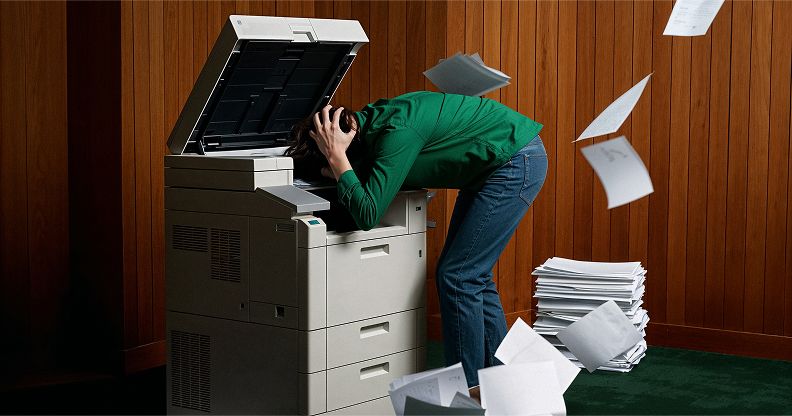
The funny side of creative marketing
Between endless revision cycles, AI panic and marketing trends changing faster than we can say “metaverse,” burnout is real. But here’s the good news: there’s one thing that can help teams push through the chaos and creative clutter—humor.At Superside’s recent Overcommitted Virtual Summit, cartoonist and marketing legend Tom Fishburne reminded us that laughter isn’t just a coping mechanism—it’s a creative superpower. In this recap, we’ll break down the biggest insights from the session. (Plus a few marketing mishaps you definitely don’t want to repeat).The case for creative comedyHumor is everywhere and it only takes opening our eyes to find it in our day-to-day lives. Fishburne kicked things off with a story about his dishwasher breaking down. The screen flashed “FU” over and over again—turns out, that stood for “failed unit.” While hilarious in hindsight, it was also a perfect metaphor for how brands often get in their own way.Marketing and creative teams work tirelessly on campaigns, yet somehow, the final product can feel like a robotic, soulless mess. Why? Teams are too busy and we take ourselves too seriously.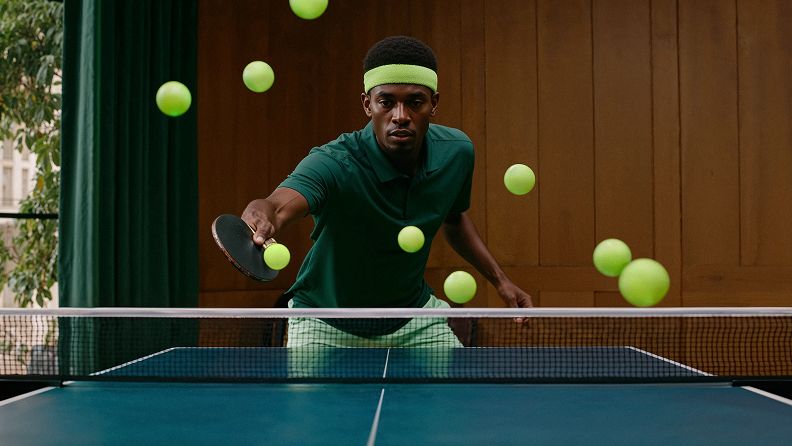
The new era of creative leadership
Sometimes, it can feel like burnout is the only constant for creatives. We’ve heard it from creative teams over and over again, from small brands to global powerhouses. There is a seemingly never-ending list of assets that need to be built and campaign deadline after campaign deadline.Not only that, but almost every project is critical. When we spoke to 200+ creative leaders about the issues affecting their teams for Overcommitted: The State of In-house Creative Teams in 2025 report, they shared that 55% of their projects were marked “high priority”.When everything is important, how do you manage business demands while helping your team maintain their creative integrity (and not burnout)?We went to one of the experts to find out. James Hurst, former creative director at Tinder, joined us for our Overcommitted Virtual Summit to share his experience in prioritizing what matters, culture-building, risk-taking and his thoughts on the role of artificial intelligence (AI) in creativity.1. Stop creative burnout
Wonder & rigor: Creative frameworks for burnout
We’ve all been there—staring at looming deadlines, feeling uninspired and wondering where the energy for big ideas went. Creativity isn’t just about generating fresh ideas—it’s about keeping the spark alive in a fast-moving world.If you’re feeling stuck in the grind—caught in back-to-back meetings, swamped with admin work or just lacking time for meaningful creative thinking—you’re not alone.What if we could work differently instead of just working harder?At the Overcommitted Virtual Summit, Dr. Natalie Nixon introduced the WonderRigor™ Framework, a refreshing approach to balancing imagination and execution. It’s not about piling on more work—it’s about bringing back the energy, excitement and curiosity that make work fulfilling.If you’re ready to shake up your routine, rediscover creative flow and bring more meaning to your work, this creative framework can help.
